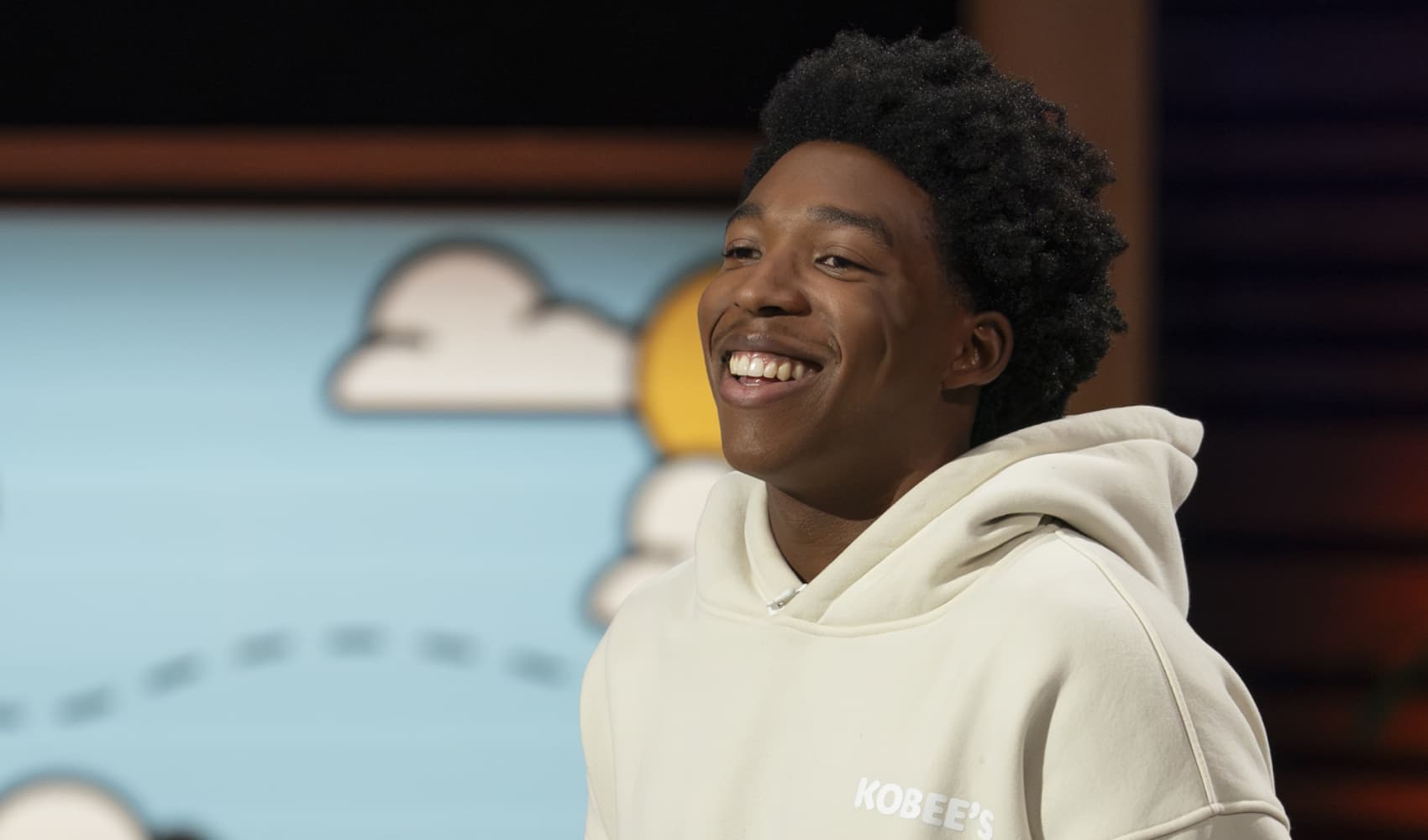

When you're applying for your dream job, making your application stand out can be key.
One way people are trying to do this is by making their resumes look like a company's website or product, or adding key style elements used by the company to their resumes.
Eleonora Papini has followed this approach many times.
The Hurricane season is on. Our meteorologists are ready. Sign up for the NBC 6 Weather newsletter to get the latest forecast in your inbox.
"It's tough to squeeze my life, experiences and skills into one, two pages, having stunning graphics can help convey my dedication and creativity much better than words would," she told CNBC's Make It.
For a recent application to Netflix, she recreated the streaming services' home screen. The boxes that usually show movie or series titles and images instead included her details.
In an application for British cosmetics company Lush, she incorporated elements like its font, and swathes of Lush's products, which the company also uses on its website. Papini also added themed sections like an "ingredients" list that listed her skills to her resume.
Money Report
Marketing graduate Lap Tran followed a similar approach when applying to an internship at Spotify earlier this year. He used the company's color scheme, font and replicated its layout for his resume.
Do job applicants think it's worth it?
At the time, Tran thought it might be worth the additional time to stand out and make his resume more appealing to a large-scale company. But he has since changed his mind.
"Looking back at it, it was not worth the extra effort, but a good bit of experience with themed CVs, since I was not chosen or even emailed to be notified of not being chosen," he told CNBC's Make It.
Eleonora also has not noticed a major difference after applying to various companies. "Only one recruiter contacted me and complimented my CV," she said.
However, she still thinks making creative resumes can be worth the time investment for some applicants.
"I think it's worth it if you like to 'play' with graphics. I like it and enjoy creating new graphics and testing new strategies," she explains, but she believes the approach does not suit everyone — especially if graphic design is not one of your main skills.
The verdict from experts
Experts also appear to be cautious.
Professional resume writer Suzie Henriques, who is based in the U.K., told CNBC's Make It that a traditional approach is usually a safer bet.
"Most of the time, the traditional text-based format is usually best," she said. "The standard CV is universally intelligible and remains the gold standard during the recruitment process."
Career coach and resume writer Amanda Augustine, who works for U.S.-based company TopResume has a similar view.
"Rather than adding design elements to mimic the employer's brand, it would be more effective to customize the content of your resume and cover letter based on the specific job listing," she said.
Highly creative resumes could even lower your chances of securing an interview, the experts say.
One reason for this is distraction, Gaelle Blake, head of permanent appointments at recruitment firm Hays says.
"Crucial details could be harder to find in a creative CV or potentially distract from your credentials," she told CNBC's Make It, adding that these key facts about skills and experience are the most important part of a resume for recruiters.
Additionally, a lot of companies use software that reads and filters resumes. This might also cause issues, Henriques explains.
"Some organisations use candidate management software to parse the information on your CV into their system and an unusual or very visual format may not be compatible with this, which means the text you have included may end up not being readable at the other end," she says.
What to do instead
The one notable exception are highly creative jobs and industries, all three experts told Make It, adding that including links to portfolios for websites are good ways to showcase creativity.
Usually standard resumes are no less effective, they say — but there are a few things to keep in mind.
Henriques suggests keeping the design clear and simple.
"I recommend using clear section headings, leaving plenty of white space and if you want to add some flair then border lines, bullet points and some light shading can really draw the reader's eye to the key areas," she says.
When it comes to content, Augustine believes that resumes should be more than just a series of bullet points.
"They want your resume to read like a story, explaining why you're qualified for the job you want," she says, adding that role-specific examples and data are helpful ways to do this.
Meanwhile, Blake urges applicants not to overlook the basics — checking for spelling, grammar and punctuation errors is key, she says.
Her final piece of advice however goes beyond resumes. Making sure you are able to explain your skills in a compelling way during interviews is just as important, she believes.
"Don't rely on your CV to do all the talking for you," Blake concludes.






